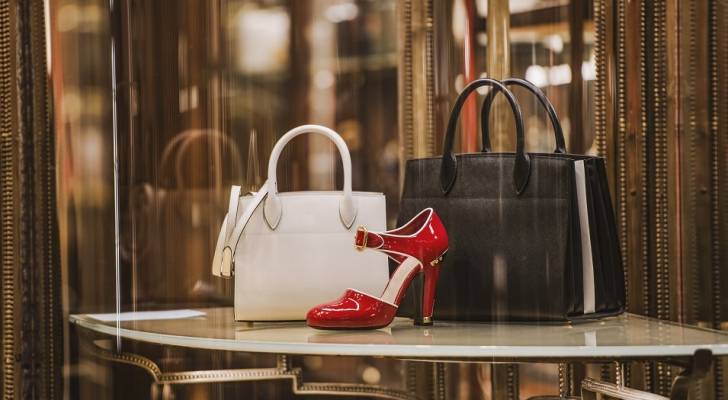Luxury goods
Are luxury brands being called out by China on TikTok?
As tensions escalate in the ongoing trade dispute between the US and China, a new front has opened—on American TikTok feeds. Chinese manufacturers are leveraging the app to promote direct-to-consumer sales, presenting an alternative for US shoppers bracing for the impact of steep tariffs.
This wave of social media marketing appears aimed at skirting President Donald Trump’s newly imposed 245 percent tariffs on Chinese imports. A growing number of Chinese vendors are offering what they claim are factory-direct prices for high-end goods, creating a buzz across the platform.
In one video, TikTok creator Wang Sen stands before a backdrop of handbags that resemble Hermès Birkins and declares, “Why don’t you just contact us and buy from us? You won’t believe the prices we (will) give you.” Wang says he is an original equipment manufacturer (OEM) for several luxury brands—though the authenticity of that claim remains in doubt. The video was eventually removed from the app.
Nonetheless, the online wholesale platform DHgate has surged in popularity, climbing to the No. 2 spot on the US Apple App Store. Taobao, another major Chinese e-commerce app, followed closely at No. 7.
Experts caution that most of these so-called suppliers are unlikely to be official manufacturers for the luxury labels they reference, such as Chanel or Lululemon. “Legitimate manufacturers usually sign non-disclosure agreements,” several analysts told CNN, making it highly unlikely that any authentic factory would publicly promote brand-name goods.
In another viral clip, an influencer who goes by LunaSourcingChina walks viewers through two factories in Yiwu, China, a city known for its massive wholesale markets. She claims these factories produce leggings identical to those sold by Lululemon for a fraction of the price.
“I guess most of you know the price of Lululemon or other big brands … and guess what, here in these two factories, you can get them for around five to six bucks,” she says.
Lululemon promptly dismissed the assertion. In a statement, the company said it “does not work with the manufacturers identified in the online videos and we urge consumers to be aware of potentially counterfeit products and misinformation.”
Tracing the truth in luxury supply chains
The growing popularity of these videos has reignited debates over where luxury goods actually come from. According to Regina Frei, a professor at the University of the Arts London, the answer is not straightforward.
“It’s neither a clear yes, nor a clear no,” Frei said, when asked if top-tier items labeled “Made in Italy” or “Made in Switzerland” are ever produced in China. Many brands, she explained, outsource early production stages—like hardware or packaging—to Chinese factories, completing the final assembly in Europe to maintain brand prestige.
The European Union (EU) has labeling rules under Regulation 952/2013, but France and Italy have stricter national requirements to protect their luxury industries. For a handbag to carry the “Made in Italy” label, the most substantial transformation must take place in Italy.
The same applies in France. Many French luxury brands go beyond even that, participating in the Origine France Garantie certification — a stricter standard requiring that at least 50 percent of the product’s value be created within France and that its defining characteristics originate there.




